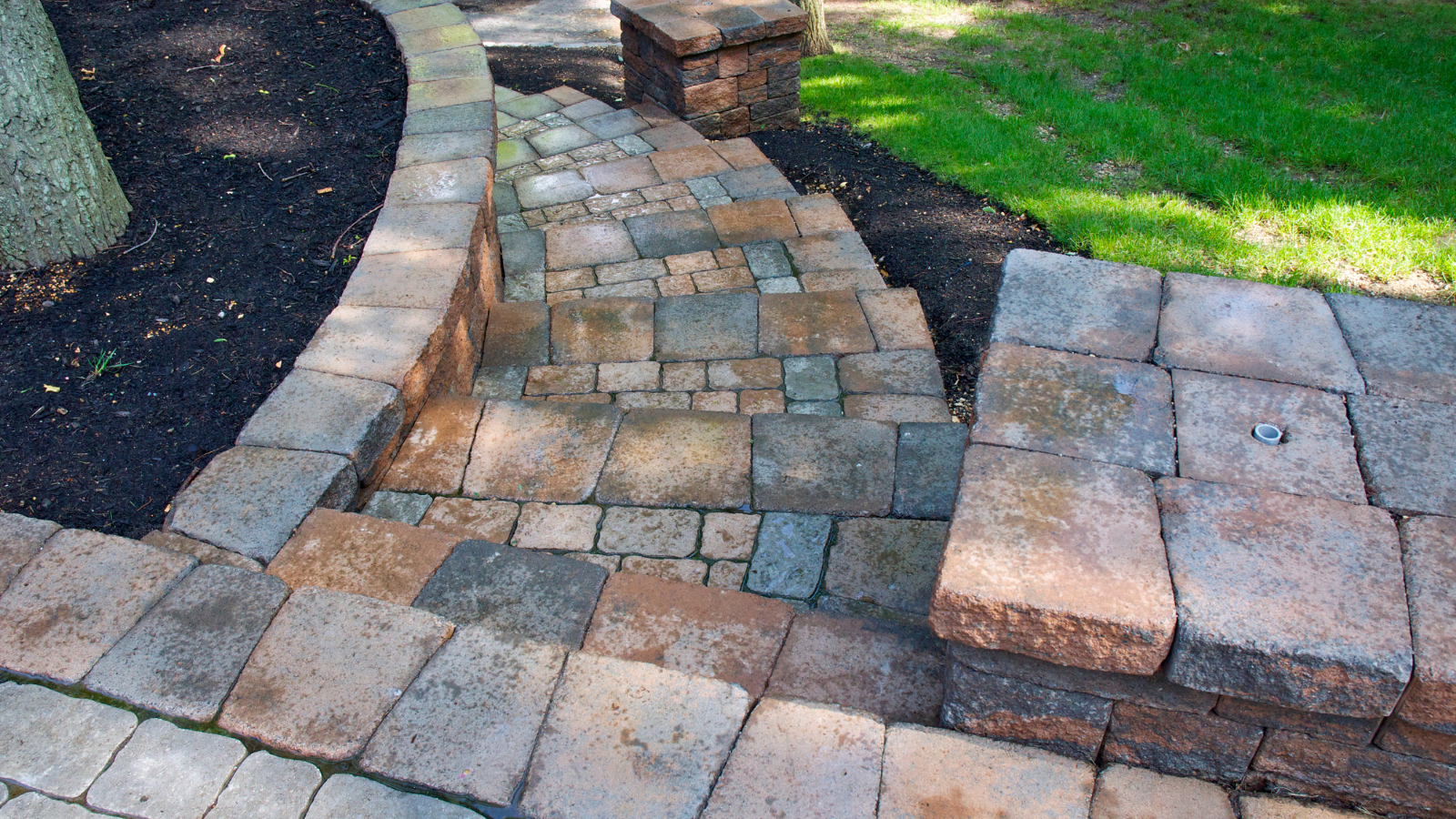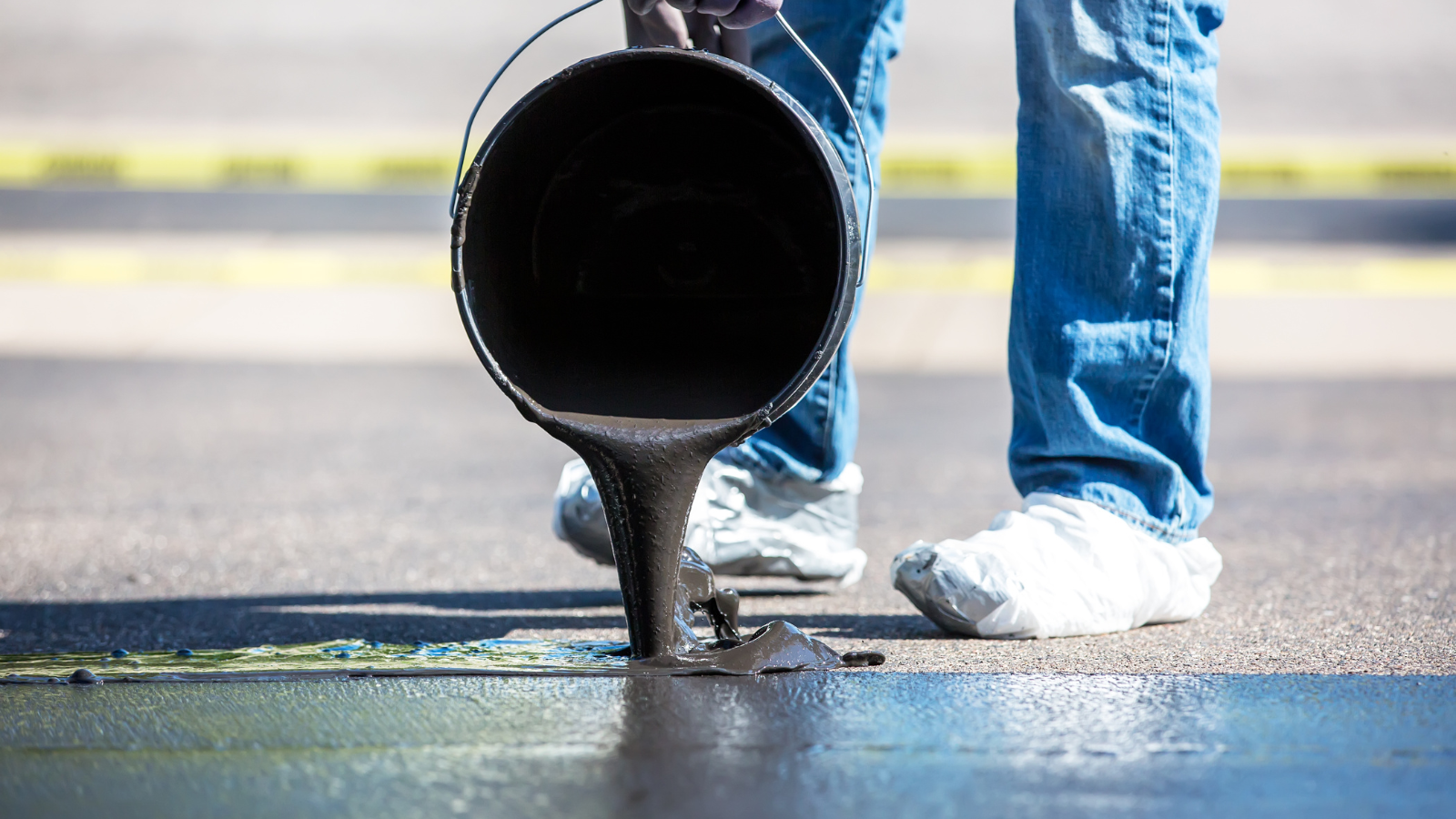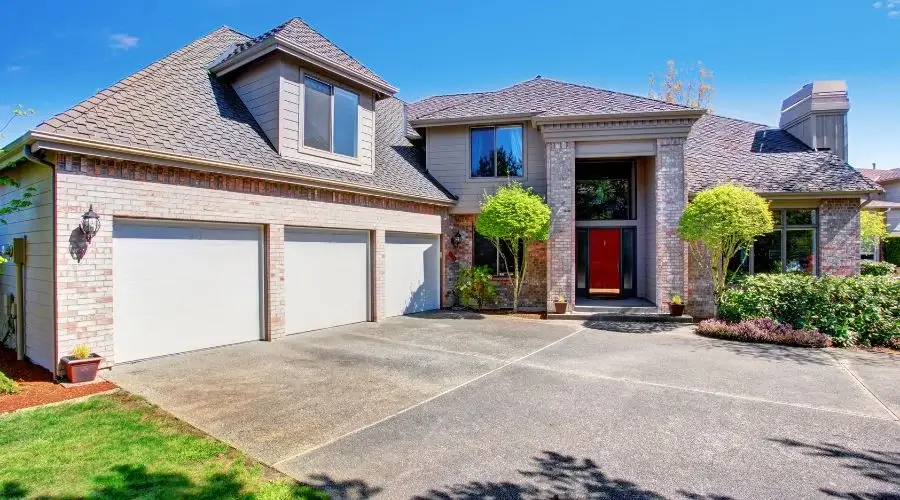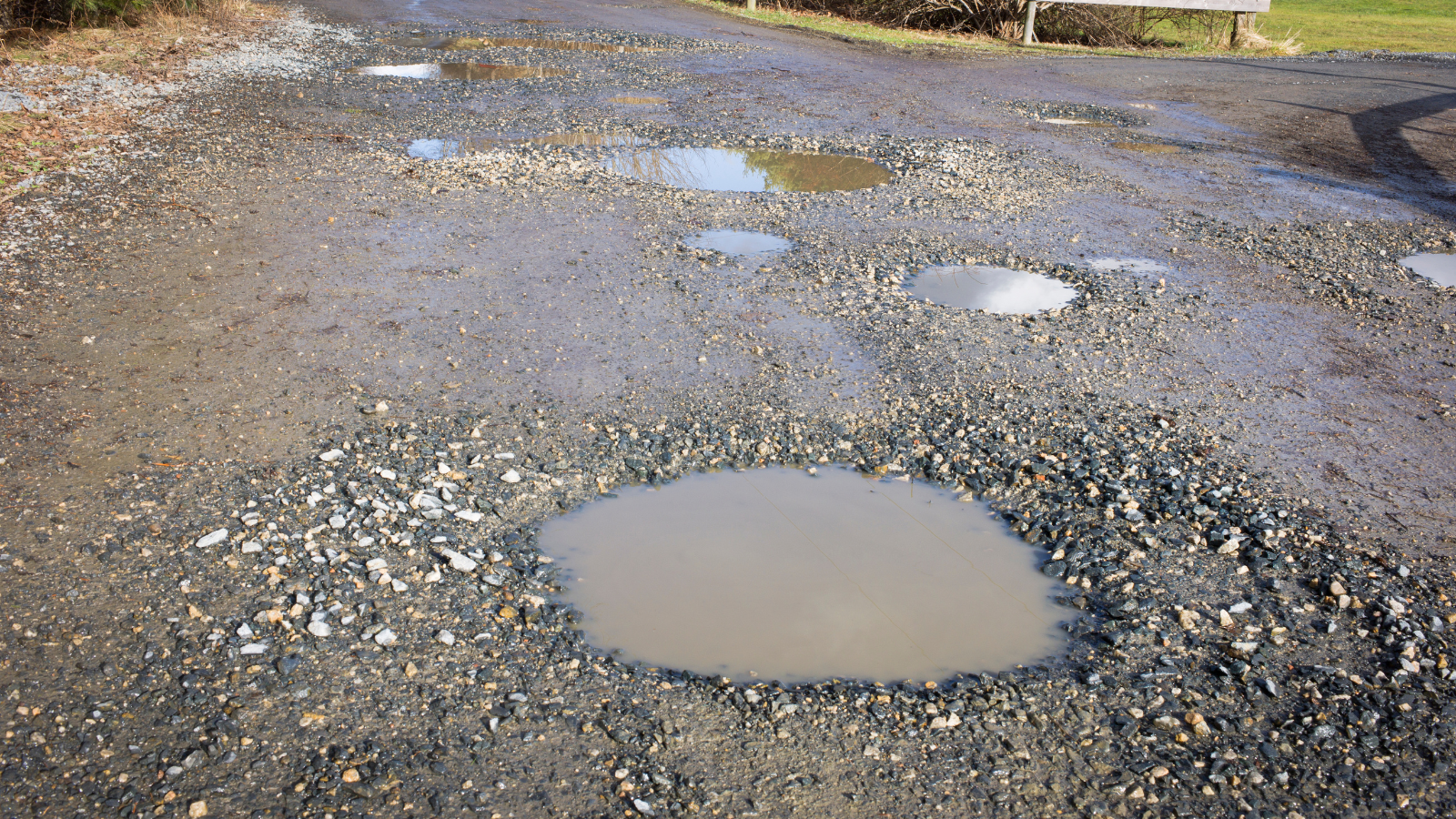Pavers are a visually appealing and adaptable choice for many outdoor spaces, offering a wide array of colors and patterns. However, various factors can cause pavers to lose their vibrancy over time. Understanding how to enhance paver color and appearance can help you maintain and elevate the aesthetic appeal of your outdoor spaces.
If you’re in Elizabeth, New Jersey, and need paving services, Elizabeth Paving is the company to call. Simply reach out, and our friendly staff will promptly address your inquiries. We also offer FREE quotes—so why wait?
Best Paver Sealer to Enhance Color
Choosing the right paver sealer is crucial for enhancing and preserving the Color of your pavers. Solvent-based acrylic sealers are typically the best option. These sealers penetrate the paver surface, providing a rich, glossy finish that accentuates the natural colors of the pavers. They also offer excellent protection against stains, UV rays, and weathering. Brands like Glaze ‘N Seal and Foundation Armor are highly recommended for their robustness and capacity to enhance Color.
Causes of Paver Discoloration
Several factors can lead to paver discoloration:
1. UV Rays: Prolonged exposure to sunlight can cause pavers to fade.
2. Moisture: Water can lead to mold, mildew, and efflorescence, causing discoloration.
3. Chemicals: Harsh chemicals and cleaning agents can strip the Color from pavers.
4. Wear and Tear: Heavy foot traffic and vehicle movement can wear down the Color over time.
Choosing the Right Paver Color
Selecting the right paver color involves several considerations to ensure your outdoor space looks cohesive and aesthetically pleasing. Here are some key factors to keep in mind:
1. Consider Your Home’s Exterior:
- Matching or Complementing: Assess the Color of your home’s exterior, including the roof, walls, and trim. Choose paver colors that either match or complement these existing hues. For example, if your home has many earthy tones, consider pavers in shades of brown, tan, or gray.
- Texture and Style: Take into account the texture and style of your home’s exterior materials. Smooth, modern pavers may look out of place with a rustic brick facade.
2. Purpose and Location:
- Functional Areas: Determine the primary use of the paved area. Darker pavers might be ideal for driveways, as they better hide stains, while lighter pavers can make smaller patios or pathways appear more spacious.
- Exposure to Elements: Consider the amount of sunlight the area receives. Dark pavers can become very hot in direct sunlight, making them less comfortable for walking barefoot.
3. Climate and Environment:
Regional Colors: Take inspiration from the natural surroundings and regional colors. For instance, in desert regions, pavers in warm, sandy hues blend well with the landscape.
Weather Effects: Consider how weather conditions might affect the Color over time. Some paver colors may fade under prolonged exposure to sunlight, while others may darken when wet.
4. Personal Aesthetics and Trends
- Personal Preference: Ultimately, your taste matters. Consider colors that you find appealing and that fit your style.
- Trends vs. Timeless: Decide whether you want to follow current design trends or opt for a classic design that will last for many years.
5. Sample Testing:
Test Samples: Always request samples before making a final decision. Please place them in your outdoor space and observe how they look at different times of the day and under various lighting conditions.
Blend and Contrast: Experiment with blending different paver colors or creating contrast. This can distinguish various sections and provide visual appeal within your outdoor space.
6. Maintenance Considerations:
Stain Resistance: Light-colored pavers may show stains and dirt more easily than darker ones. Consider how much maintenance you are willing to perform to keep them looking clean.
Ease of Cleaning: Some colors and finishes are easier to clean and maintain than others. Choose pavers that fit your lifestyle and maintenance preferences.
7. Budget:
Cost Differences: Be aware that some colors and finishes may be more expensive than others. Make sure the paver color you choose suits your needs both aesthetically and financially.
Special Considerations
1. Effect You Are Trying to Achieve:
Modern vs. Traditional: The intended outcome is important because it influences color selection. Darker colors can create a sophisticated ambiance, while lighter tones often make spaces feel larger and more inviting.
2. Sunlight Exposure:
Heat Considerations: Darker pavers can become quite hot in the sun, making it difficult for them to walk barefoot. Conversely, lighter pavers can reflect more light and stay cooler but may require more frequent cleaning.
3 Monotone vs. Multicolored:
Design Preference: Deciding between monotone and multicolored pavers depends on your design preference. Monotone pavers provide a clean, uniform look, while multicolored pavers add visual interest and can help camouflage dirt and stains.
Paver Types and Colors
1. Travertine Pavers: Offer a range of colors from soft beiges and tans to darker shades like walnut and silver. These pavers are ideal for achieving a natural, timeless look that complements various architectural styles.
2. Brick Pavers: Available in classic reds, browns, and grays. They are perfect for creating a warm, traditional aesthetic. Consider mixing different shades to add depth and character to your design.
3. Matching Pavers to Roof Color: Matching your pavers to your roof color can create a cohesive look for your property. If your roof is a dark color, choosing pavers in similar shades can tie the overall design together. For lighter roofs, opt for complementary paver colors that enhance the architectural elements.
4. Future Changes: When selecting paver colors, think about the elements you might change in the future, such as siding, landscaping, or outdoor furniture. Choosing neutral paver colors can provide flexibility for future updates to your outdoor space.
Conclusion
Enhancing paver color and appearance is not only about selecting the right sealer but also choosing the appropriate colors that align with your overall design vision. By considering factors like sunlight, the desired effect, and existing elements like roof color, you can create a beautiful, cohesive outdoor space that stands the test of time. Investing in high-quality paver sealers and being mindful of the factors that cause discoloration will ensure your pavers remain vibrant and attractive for years to come.







